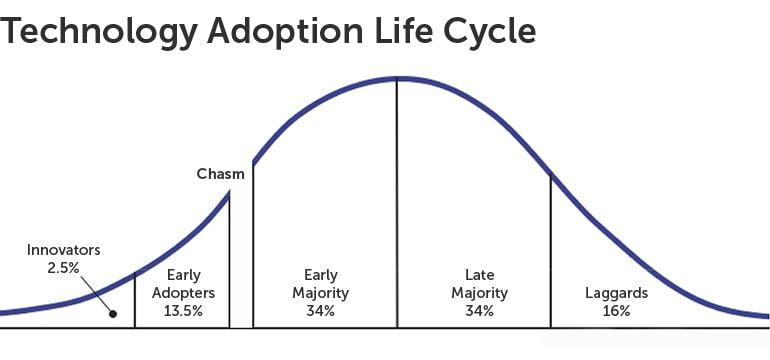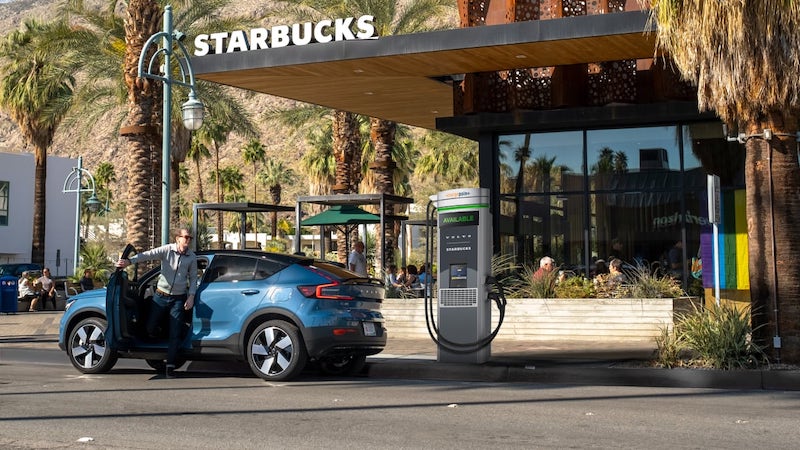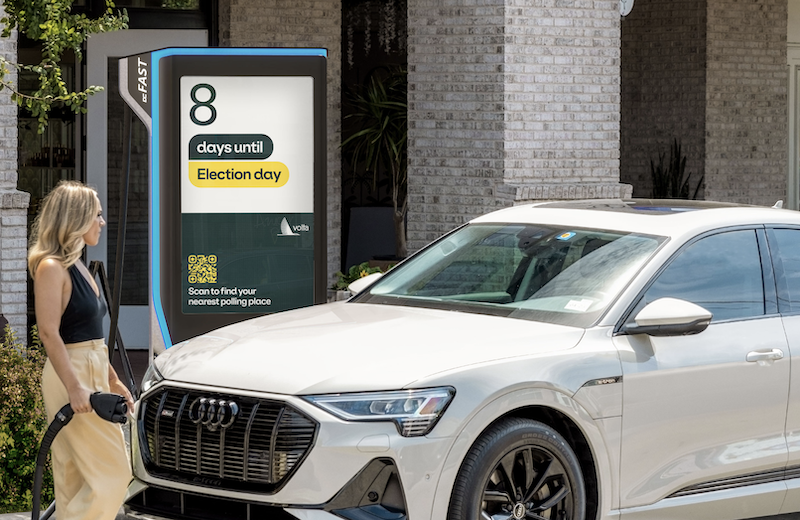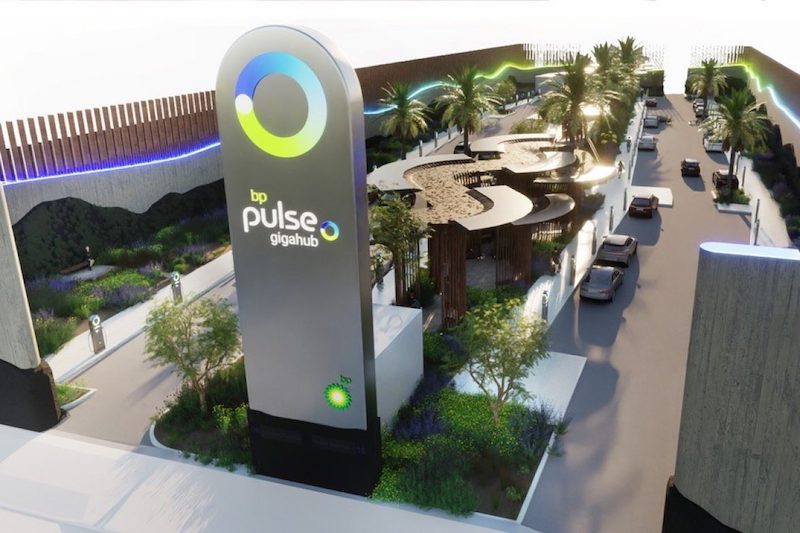Who was Everett Rogers?
And what can he teach us about accelerating the adoption of electric vehicles?
Students in business schools learn about Everett Rogers’ Diffusion of Innovation theory. They learn about “crossing the chasm” between the Early Adopters and the Early Majority.

themarketingstudent.com
They also learn about the Five Factors influencing the adoption of innovation:
The first is a relative advantage over the previous solutions known to the market. Another is compatibility, understood as the degree to which an innovation can be adapted to the life of the recipient, the user of the product. The third factor is the ease of use of the new solution. The easier the product is to use, the sooner the recipient will start using it. The last two factors are the ability to check and test an innovation before adoption, and visibility, the degree to which the use of an innovation is visible to others.1
Factor two – “compatibility” – begs the question, “How can EV charging be most seamlessly integrated into the day-to-day habits of drivers?”
If we’re no longer pulling into a corner filling station when the needle points to “empty”, what’s the routine? And how might it differ for apartment dwellers, suburbanites, long-haul truckers…? Where should chargers be sited? How much should be charged for a charge? What’s the opportunity for the private sector? And how should public funds be invested?
Last week we touched on public-sector investments to be made along major highways and in rural areas.
This week we highlight private-sector investments that offer a peek at possible profitable business models that not only complement public-sector efforts, but also offer drivers enhanced “compatibility”, or convenience.
Starbucks anticipates drivers will nurse a cappuccino if they can plug in their car, so they’re installing chargers along a 1,350-mile route from Denver to Seattle, with stops available about every 100 miles.

IKEA, too, sees chargers as a customer-magnet, and will install over 200 chargers at stores in 18 states, including Washington. Per Fast Company, “Ikea will be working with its partner Electrify America to add ‘ultra fast’ 150-kilowatt and 350-kilowatt chargers; while someone browses in the store for 20 minutes, they could add 200 to 300 miles of driving range to their car. Since charging an electric car takes longer than filling up a gas tank, installing chargers at retail stores makes sense. Some stores, like Whole Foods, have offered EV charging for several years.” Target and Walmart, too.
Walgreens plans to add 1,000 Volta fast chargers to its stores — with a business model that combines charging with advertising. CleanTechnica reports: “Volta says its research shows that merchants which have installed Volta chargers have benefited from an increase in spend, dwell time, and engagement on site.”
Volta claims to have the world’s largest digital out-of-home network integrated directly into EV charging stations, delivering more than one billion monthly impressions across over 5,400 digital screens in 28 states. They are running a Get Out The Vote campaign that seeks to encourage voting and provide credible voting resources.

With tomorrow being Election Day, you didn’t think you could dodge another election-related email, did you? 😉
Blink chargers will be made available to commercial properties owned or managed by Cushman & Wakefield, and UBS, as an amenity for tenants.
EVCS offers charging with a subscription pricing model. EVgo does as well, and also offers pay-as-you-go and time-of-use pricing options.
Hertz and BP Pulse (BP’s electric-charging unit) plan to build a network of thousands of fast-charging “Gigahub” charging stations to serve Hertz customers, taxi and ride sharing drivers, as well as the general public. Green Car Reports says, “The charging business is no loss leader. BP earlier this year suggested that its fast chargers are almost as profitable as gas pumps, on a margin basis.”

If delivery is a business model that works for pizza, why not for power? SparkCharge has a portable charger called the Roadie that you access through an app. Ideal for rideshare and delivery drivers, who may not own single-family homes where ports are easy to install, SparkCharge will bring their Roadie charger to you, with a fee based on charging minutes. It’s “mobile-charging as a service”.
Volta’s CEO Scott Mercer says,
“The electrification of mobility is one of the largest infrastructural shifts of our generation. As we transition out of the carbon economy, we will see a fundamental transformation of our existing fueling infrastructure. Businesses anticipating this shift can take advantage of a revenue transfer from gas stations to retail locations in the community where consumers go, live, shop and play.”
Whether charging by the minute, the month, the session, or the kWh, businesses have an opportunity to profit from making EV charging convenient — compatible with the day-to-day routines of EV drivers.
